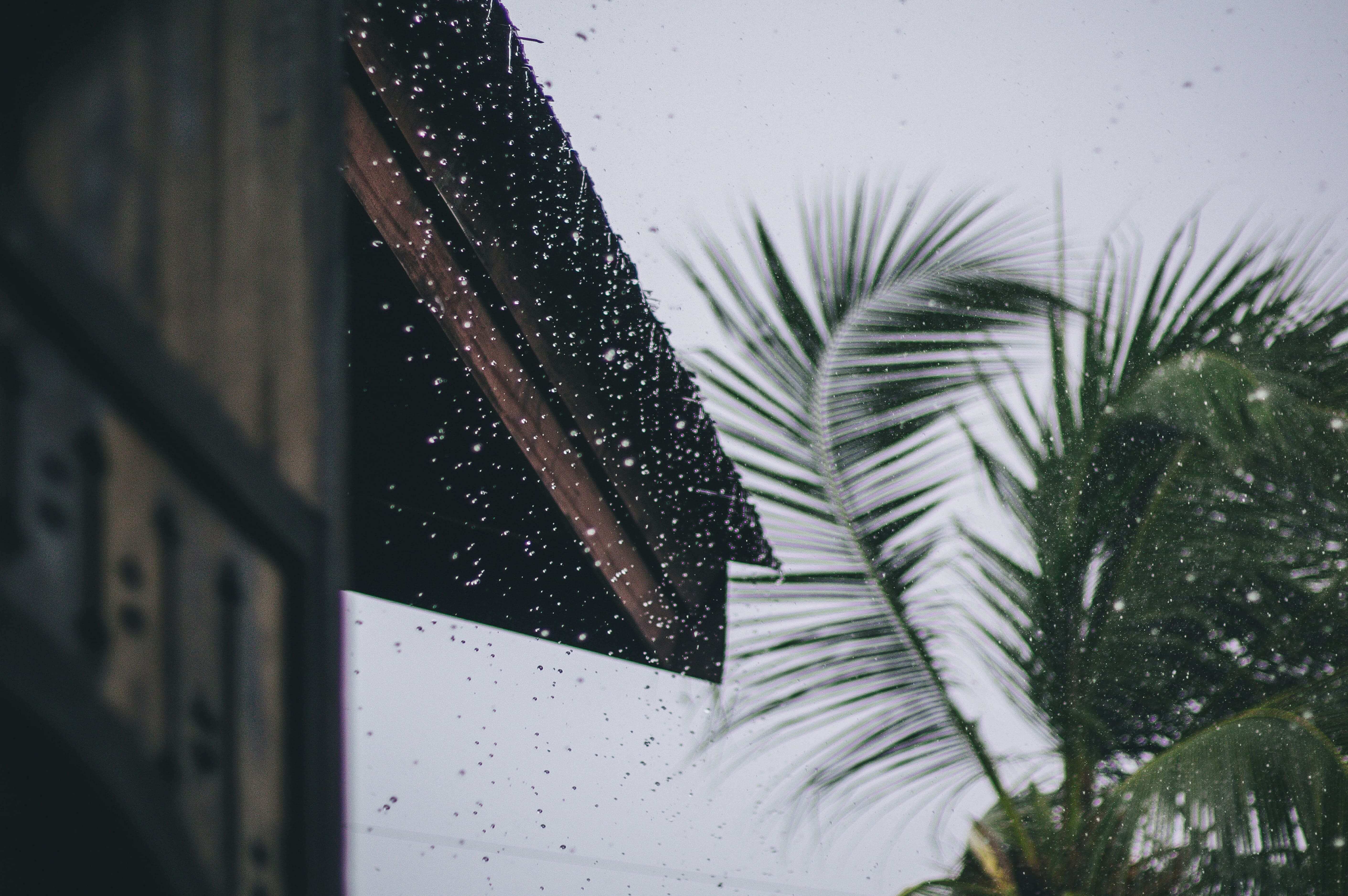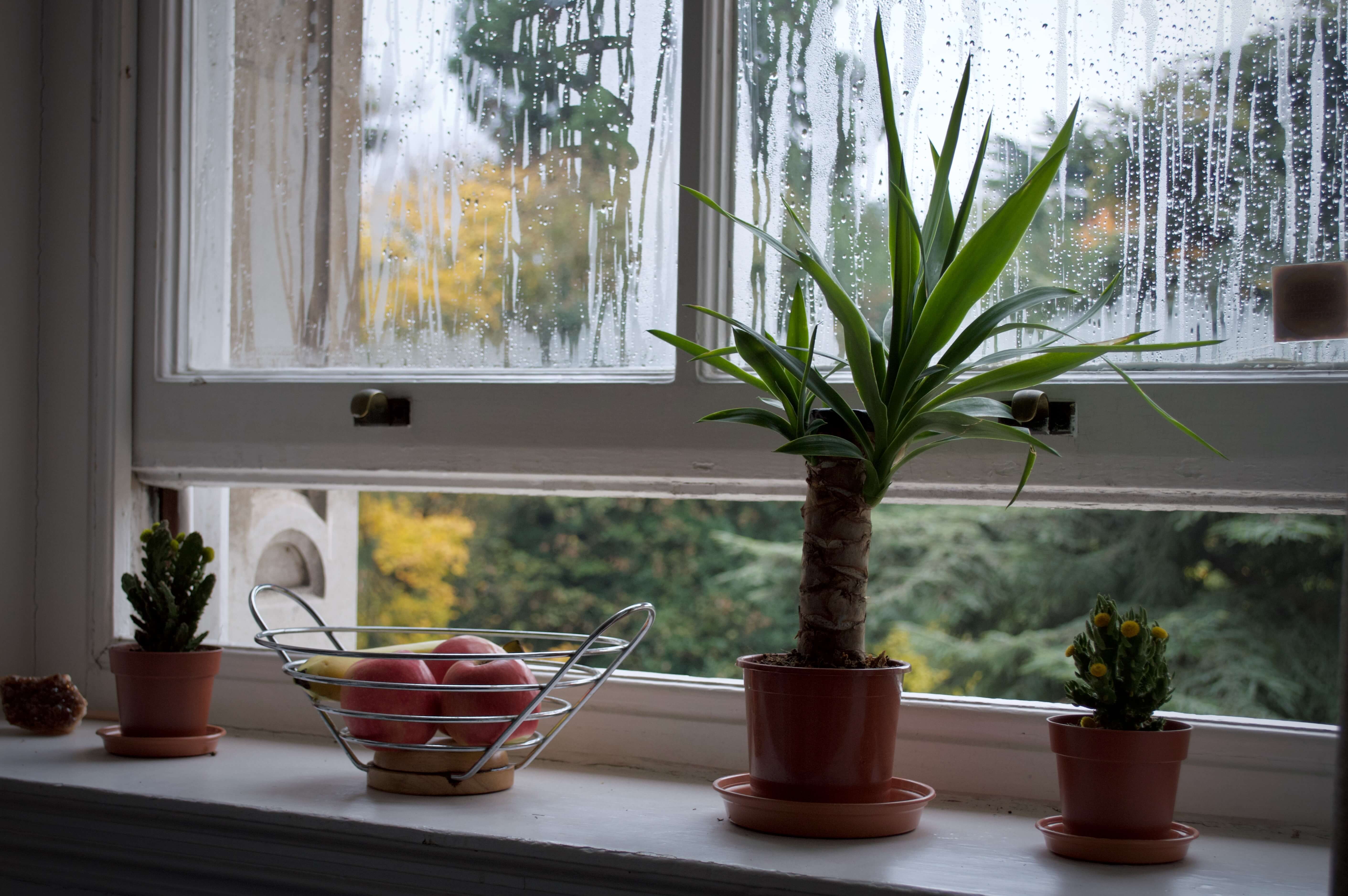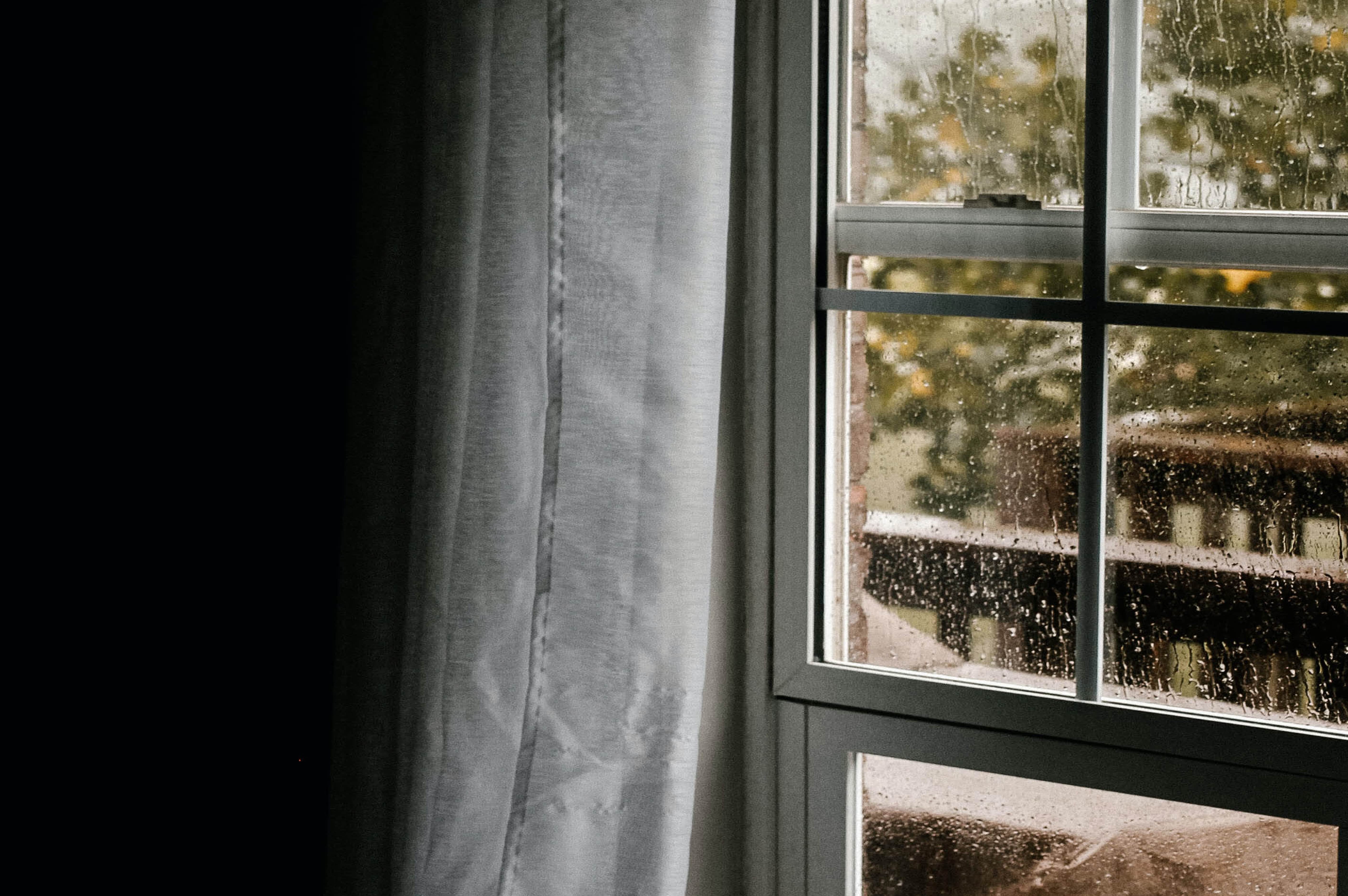December 19, 2023
September 10, 2020
Torrential rains are a frequent phenomenon and floods are the natural catastrophe that generates the most damage, both personal and material. The destruction caused by DANA in the southeast of the peninsula in August 2020, the floods in Menorca in the summer of 2018... Spain has various areas where the threat of a flooded home is real which has brought us to discuss the main points of home flood repair.
Flooding in Spain
The Government has perfectly signposted floodplains with high probability, and on too many occasions they coincide with homes and other buildings. Zones of Gandía, Vinaroz, Almería, Palma de Mallorca, Malaga, Cartagena and Gijón are in high risk areas.
Tourist development on the coast or the simple growth of populations has sometimes gone hand in hand with an urban expansion that has not always taken into account flood zones. Agricultural land in many cases, former wetlands, lands traditionally on the margins of construction due to the danger of floods are now dedicated to residential use, with a risk for people and properties, according to the Observatory of Sustainability, whose recent report «Risk of floods in Spain in the strip of the first ten kilometers of coastline ”, identifies points with the greatest danger of tragedy in settlements built in flood-prone areas. The report does not include the provinces of the interior of the peninsula or the Canary Islands.
Coping with the repairs of a flooded home
Whatever the cause, to repair the incident we will have to call our home insurance provider. This point is essential, because they will tell us how to act and send a professional to our home to help us.
It should be noted that acting outside the insurance company can be inconvenient. Acting on our own and hiring a plumber without paying attention to what is established in our policy may result in the company refusing to cover the repair.

Hands on during a home flood repair
When returning to a home that has been flooded after a natural disaster, such as a hurricane, tornado or flood, be aware that it may be contaminated with mold or sewage debris, and that this may pose a health threat of your family.
When you go back into your home
Try to go home during the day so you don't have to turn on any lights. Use battery-powered lamps and lanterns instead of candles, gas lanterns, or torches.
If there is standing water in your home and you can turn off the electricity at the main switch from a dry place, proceed to do so, even if this delays cleaning. If you have to go through standing water to get to the main switch, call an electrician to disconnect. NEVER connect or disconnect electricity yourself or use a power tool or appliance while standing in water.
Have an electrician check the home's electrical system before turning the power back on.
If you smell gas or think there is a leak, close the main valve, open all windows, and leave the house immediately. Notify the gas company, police, fire department, or state fire marshal's office and do not turn on the lights or do anything that could create a spark. Do not return until you are advised that it is safe to do so.
If the house has been closed for several days, go in briefly to open doors and windows and let the house air out for a while (at least 30 minutes) before staying in it any longer.
If your home has been flooded and has been closed for several days, assume it has mold.
Also, if the house has been flooded, it may also be contaminated with sewage.
Throw away food that may have come in contact with flood or storm water, perishable food that has not been properly refrigerated due to power outages, and food that has an unusual odor, color, or texture. Foods that are not safe can make you sick, even though they look, smell, and taste normal. If in doubt, throw them out.
Use safe water
Flood water can contaminate drinking water (drinking water). Some surface water contaminants can enter groundwater and affect private drinking water wells and municipal water systems that use these groundwater.
If you have a private well and live in an area with flooding, have the water tested before using it.
Do not use water that you suspect is contaminated, or have been told that it is, to wash dishes, brush teeth, wash and prepare food, wash hands, make ice, or make baby formula. Water that is safe for drinking, cooking, and personal hygiene includes bottled, boiled, or treated water.
Use generators and other electrical equipment safely
Talk to your power company about using electrical equipment, such as power generators. If the generator is online when power is restored, there may be a great fire hazard. Additionally, improperly connecting the generator to your home's electrical circuits could endanger workers who are helping to restore power to your area.
All electrical equipment and appliances must be completely dry before being put into operation again. If in doubt, have a licensed electrician check them out. Never use a generator, pressure washer, or gasoline engine inside your home, basement, or garage, and within 20 feet of doors, windows, or vents.

Dry your home completely to prevent mold growth
If flood or storm water entered your home, dry it completely as soon as possible to prevent mold growth. Follow these steps:
If you have electricity and an electrician has determined it is safe to connect it, use a wet or dry vacuum (or use the vacuum function of a steam carpet washer), an electric water transfer or sump pump to remove the stagnant water. If you are using equipment in wet areas, be sure to wear rubber boots.
If you do not have electricity and it is not safe to connect the electricity, you can use a portable electric generator to activate the standing water removal equipment. Note: If you must use a pump, generator, pressure washer, or any other type of tool that runs on a gasoline engine to clean your home, never use them inside the house, basement, garage, the porch or other enclosed or partially enclosed structure, or within 20 feet of any window, door, or vent, even if the doors or windows are open. This improper use of equipment can cause carbon monoxide poisoning by generating highly dangerous levels of this gas.
If the weather permits, open the doors and windows of the house to help the drying process.
Use fans and dehumidifiers to remove excess moisture. Fans should be placed near a door or window in a way that directs air out, not in, and prevents the spread of mold.
Before turning on heating, ventilation, and air conditioning systems, have them checked and cleaned by a service or maintenance technician who is experienced in removing mold. A professional cleaning will kill mold and prevent it from reappearing. Once the technician has determined that the systems are clean and safe to operate, they can turn them on to help remove excess moisture from the home.
Prevent outside water from re-entering your home. For example, accumulated rainwater in gutters or the roof must drain away from the house; the land around the house should be built on a slope to keep basements and crawl spaces dry. Make sure crawl spaces in basements have adequate drainage to limit water seepage. Ventilate to allow the area to dry.
Clean your home safely
Take steps to protect yourself and your loved ones while cleaning up after a flood. Follow our cleaning tips and listen to the news on the radio or television for up-to-date information related to the emergency.
Before you start cleaning, make sure you are prepared with the correct equipment:
- Helmet
- Goggles or goggles
- N-95 respirators (or others that provide greater protection)
- Thick work gloves
- Waterproof boots with steel toecaps and insoles (other than just the steel midsole)
- Protective earplugs or headphones (if you work with noisy equipment)
- At least two fire extinguishers (each UL rated at least 10A)
- Form teams of at least two people to work together when moving heavy or bulky objects.
- Avoid lifting any material that weighs more than 25 kilos (per person).
- Moderate your pace of activity.
- Rest when you need it.
- Decide which cleaning tasks are the most important and start there. If you do it that way, you are less likely to feel overwhelmed.
- Get help lifting heavy or bulky objects. If you lift too much weight without help, you could hurt yourself.
- Try to work with other people so you are not alone.
- Seek support from family, friends, counselors, or therapists.

What to do to prevent rain flooding at home?
The Spanish State Meteorological Agency (AEMET) says that the average value of accumulated rainfall in Spain has an increasing trend, both in frequency and intensity. Climate change and rising temperatures cause rain to make an appearance with increasing force, especially in areas less used to it. This meteorological context forces us to remain on alert and take into account a series of considerations, so that when a good waterspout arrives, our home is prepared.
- As obvious as it may seem, the best shield against a flood is the elevation of the infrastructure. Therefore, it is important to know the level that the water can reach in your area. Thus, your construction must exceed this height. You also have to assess the slope of the land and if you live in a flat, remember that the ground floor, of course, has a greater risk of flooding.
- Keep the roof clean and waterproofed. It frees the roof of garbage, so the water will have a path free of obstacles and will flow conveniently avoiding leaks and even landslides. On the other hand, it is convenient to have the roof with waterproof materials, to reduce humidity and prevent the passage of water.
- Cover your doors. Water can seep through the slightest gap. Make sure that your door, especially underneath, has a protection that does not leave a gap available between the floor and it. Rubber or any other containment model is the best solution.
- Avoid humidity. If there are stains on your wall or ceiling, it is best that you quickly go to a professional to solve the problem. And it is that humidity can be a real hole for water.
- Check drains and gutters. Earth, containers or even the leaves of trees can accumulate in these water conductors, clogging them and causing stagnation. Make sure they are clean.
- And in case it is already late and the water conquers your house, do not forget to have tools at hand, such as buckets or mops. Also, try to place valuables in the upper areas beforehand. It also elevates all wiring, such as power strips, plugs, or switches, above the water level.
If you're looking for insurance options in anticipation of preventing a home flood repair, discover our guide to flood, fire, and severe weather damage:
.png?width=344&height=67&name=logo_caser%20(2).png)








Let Us Know What You Thought about this Post.
Put your Comment Below.